Description
The Cathay Drug Co., Inc.
FORMULATION
Each pack contains one vial and one ampule:
Each vial contains:
Omeprazole sodium 42.6 mg equivalent to Omeprazole 40 mg
Each ampule of solvent for reconstitution contains:
- Propylene glycol 4 g,
- Monobasic sodium phosphate, monohydrate 0.01 g,
- Citric acid monohydrate to adjust pH and
- Water for Injection q.s. to 10 mL.
OMEPRAZOLE
PHARMACODYNAMICS
Omeprazole (Zefxon) is the proton acid pump inhibitor which reduces gastric acid secretion by specific action; inhibition of the enzyme H+, K+ – ATPase (the proton pump) in the parietal cell, the final step of acid secretion; thus inhibition of acid secretion occurs.
PHARMACOKINETIC PROPERTIES
Distribution
The apparent volume of distribution of omeprazole in healthy adults is 0.3 L/kg and a similar value is also seen in patients with renal insufficiency. In the elderly and in patients with hepatic insufficiency, the volume of distribution is slightly decreased. The plasma protein binding of omeprazole is about 95%.
Metabolism/Excretion
The average half-life of the terminal phase of the plasma concentration time curve following IV administration of omeprazole is approximately 40 minutes; the total plasma clearance time is 0.3 to 0.6L/min. Half-life does not change during treatment.
Omeprazole is completely metabolized by the cytochrome P450 system, mainly in the liver. No metabolite has been found to have any effect on gastric acid secretion. Almost 80% of an intravenously given dose is excreted as metabolites in the urine and the remainder is found in the feces, primarily originating from biliary secretion.
Elimination of omeprazole remains unchanged in patients with reduced renal function. The elimination half-life is increased in patients with impaired liver function but omeprazole has not shown any accumulation with once daily dosing.
INDICATIONS
Omeprazole (ZEFXON) is indicated for alternative use to oral medication in:
- duodenal ulcer
- gastric ulcer,
- Zollinger-Ellison Syndrome,
- reflux esophagitis
- prophylaxis of acid aspiration.
DOSAGE AND ADMINISTRATION
Omeprazole (ZEFXON) administration once daily dosing is recommended for patients where oral medications are inappropriate. This cause a decrease in the mean acid secretion over 24 hours of approximately 90%. In patients with Zollinger-Ellison Syndrome, the recommended initial dosage of Zefxon is 60 mg once daily. Higher daily doses may be required and the dose should be divided and given twice daily. For aspiration prophylaxis, ZEFXON should be administered 1 hour before operation.
DIRECTIONS FOR RECONSTITUTIONS
For IV injection
Dissolve Zefxon injection 1 vial with the solvent provided to get omeprazole concentration of 4 mg/mL. The IV solution should be used within 4 hours after reconstitution. Do not use if any particles are present in the reconstituted solution.
For IV infusion
Dissolve Zefxon injection 1 vial with the solvent provided to get an omeprazole concentration of 4 mg/mL. Then dilute with normal saline for infusion (0.9% w/v sodium chloride) 90 mL or 5% dextrose solution 90mL to make the solution 100mL of omeprazole with a concentration of 0.4mg/mL. The duration of the infusion should be 20 – 30 minutes. The IV solution should be used within 5 hours after reconstitution. Do not store in the refrigerator and discard if any particles are present in the reconstituted solution.
Use in children
Safety and efficacy of omeprazole in children has not been established.
Use in elderly
Normal adult dosage is recommended.
Dosage in Renal impairment
Although pharmacokinetics may be altered in patients with renal impairment, dosage adjustment does not appear necessary in patients with such impairment.
Dosage in Hepatic impairment
Dosage adjustment should be considered in patients with hepatic impairment. Some clinicians recommend that such patients with hepatic impairment receiving dosage exceeding 20 mg daily should be monitored closely for possible adverse effects.
Pregnancy and Lactation
Omeprazole (ZEFXON) should not be given during pregnancy and lactation unless its use is considered essential.
CONTRAINDICATIONS
Patients with known hypersensitivity to omeprazole or any component of the formulation.
PRECAUTIONS
When gastric ulcer is suspected, the possibility of malignancy should be excluded as treatment may alleviate symptoms and delay diagnosis.
ADVERSE EFFECTS
Proton pump inhibitors, by decreasing gastric acidity, may increase the risk of gastrointestinal infections. Omeprazole (ZEFXON) is generally well tolerated. The following events have been reported:
- Central and peripheral nervous system: Headache, dizziness, paraesthesia, light headedness, feeling faint, somnolence, insomnia, vertigo, reversible mental confusion, agitation, aggression, depression, hallucinations (predominantly in severly ill patietns)
- Endocrine: gynecomastia
- Gastrointestinal: diarrhea, constipation, abdominal pain, nausea, vomiting, flatulence, dry mouth, stomatitis, gastrointestinal candidiasis
- Haematological: leukopenia, thrombocytopenia, agranulocytosis, pancytopenia
- Hepatic: increased liver enzymes, encephalopathy in patients with pre-existing severe liver disease; hepatitis with or without jaundice, hepatic failure
- Musculoskeletal: arthralgia, myalgia, muscular weakness
- Reproductive system and breast disorders: impotence
- Skin: rash and/or pruritus, urticaria, photosensitivity bullous eruption, erythema multiforme, Stevens-Johnson Syndrome, toxic epidermal necrolysis (TEN), alopecia
- Other: Malaise, hypersensitivity reactions e.g. angioedema, fever, bronchospasm, interstitial nephritis and anaphylactic shock. Increased sweating, peripheral edema, blurred vision, taste disturbance, hyponatraemia.
DRUG INTERACTIONS
- Omeprazole (ZEFXON) may interact with other drugs metabolized by mixed function oxidase. Reduced dose of these drugs: diazepam, warfarin, and phenytoin has been associated with concomitant use of omeprazole.
- The absorption of ketoconazole or itraconazole can decrease during omeprazole treatment due to decreased intragastric acidity.
- Plasma concentrations of omeprazole and clarithromycin are increased during concomitant administration.
- There may be interactions with other drugs also metabolized via the cytochrome P450 enzyme system.
- Increases and decreases in serum cyclosporine concentrations have been reported with concomitant administration of cyclosporine and omeprazole. The mechanism is unknown. Until more data are available, monitoring of cyclosporine levels is recommended during concomitant therapy.
- The combination of disulfiram and omeprazole may cause confusion or disorientation in some patients.
OVERDOSAGE
Omeprazole is extensively protein bound and is, therefore, not readily dialyzable. In the event of overdosage, treatment should be symptomatic and supportive.
STORAGE CONDITION
Store at temperatures not exceeding 25°C. Protect from light.
AVAILABILITY
Carton of 1 vial and 1 ampule of solvent for reconstitution.
Manufactured by:
Biolab Co., Ltd.
625 Bangpoo Industrial Estate, Samutprakarn Thailand
Imported and Distributed by:
The Cathay Drug Co., Inc.
2/F Vernida I Condominium 120 Amorsolo St. Legaspi Village, Makati City
Date of revision: July 2019

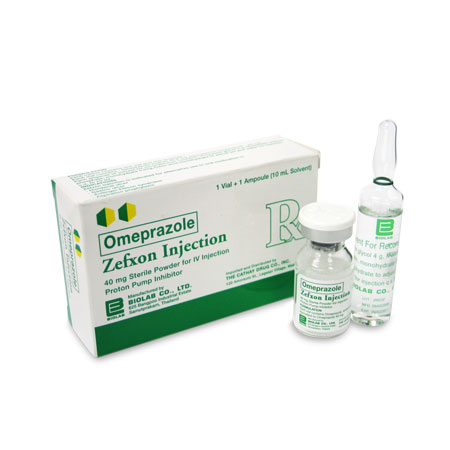
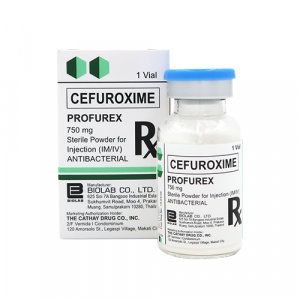
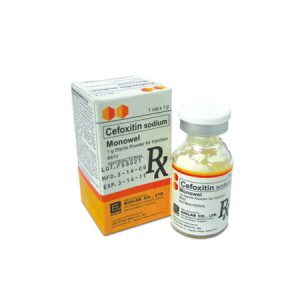
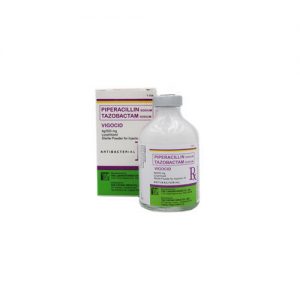
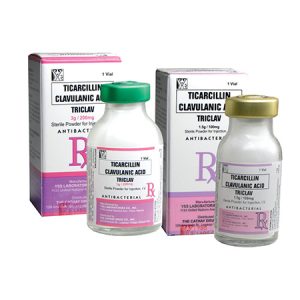
Reviews
There are no reviews yet.